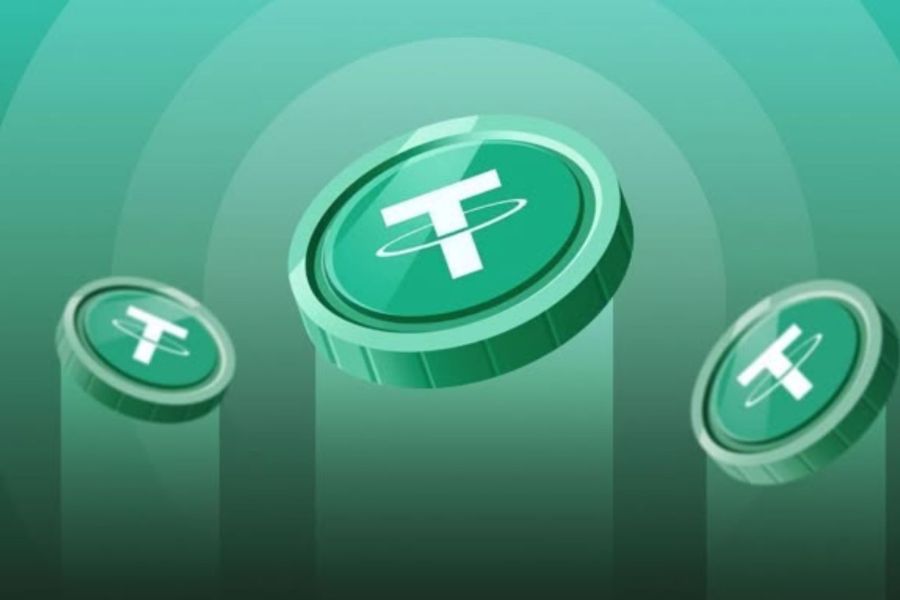The adoption of cryptocurrencies and digital assets has grown at a breakneck pace over the last decade. However, this exponential growth has not come without legal uncertainty, especially regarding consumer protection, market transparency, and anti-money laundering efforts. To address these concerns and establish a harmonized legal framework, the European Union has taken a decisive step by introducing MiCA: the Markets in Crypto-Assets Regulation.
MiCA is the first comprehensive regulation for crypto-assets in a major global economy, setting a new standard for how these assets are regulated within the European bloc.
What is MiCA?
MiCA is a legislative initiative by the European Union aimed at creating a uniform legal framework for crypto-assets not covered by existing financial regulations.
Formally adopted in 2023, with implementation expected between 2024 and 2025, MiCA seeks to balance innovation with investor protection, providing legal clarity for businesses and consumers alike.
Why Was a Regulation Like MiCA Necessary?
Before MiCA, crypto-asset regulation in Europe was fragmented: each country had its own rules and approaches, leading to:
- Legal uncertainty for crypto companies operating across borders.
- Limited protection for retail investors and consumers.
- Risks of money laundering, fraud, and lack of oversight.
- Lack of transparency in token and stablecoin issuance.
MiCA aims to unify the landscape with a single regulatory framework, including a “crypto passport” that allows companies to operate legally across all 27 EU member states with just one authorization.
What Assets Does MiCA Regulate?
MiCA focuses on three main types of crypto-assets not fully covered by traditional financial regulations:
- Utility Tokens – Assets granting access to a service or network.
- Stablecoins – Crypto-assets maintaining a stable value (divided into EMTs and ARTs):
- EMT (E-Money Tokens): Pegged to fiat currencies (e.g., EUR, USD).
- ART (Asset-Referenced Tokens): Backed by a basket of assets (currencies, commodities, etc.).
- Other Tokens – Digital assets not qualifying as financial securities.
Not included under MiCA:
- Unique and non-transferable NFTs (unless sold as financial instruments).
- Tokens already regulated under MiFID II (e.g., tokenized traditional securities).
Key Aspects of the MiCA Regulation
- Authorization for Issuers and Providers
Any company issuing crypto-assets or offering related services (custody, trading, exchanges, wallets, etc.) must register and obtain authorization from a national competent authority. This license enables them to operate EU-wide. - Transparency Requirements
Issuers must publish a technical and legal whitepaper, approved by the authority, including:- Project description
- Risks
- Holder rights
- Financial information
- Technology used
- Stablecoin Regulations
Stricter requirements for stablecoins include:- Full backing with secure and liquid assets
- Ongoing supervision by central banks
- Use limitations if deemed risky to financial stability (especially for global-scale tokens)
- Consumer Protection
Practices such as misleading information, market manipulation, or unclear risk disclosures are prohibited. Clear mechanisms for dispute resolution and user fund protection are required. - Sanctions and Enforcement
Unauthorized companies operating illegally may face significant fines and a ban from operating within the EU.
What Will Be the Impact of MiCA on the Crypto Ecosystem?
Advantages
- Clear legal framework: Provides strong guidance for companies operating in Europe.
- Investor confidence: Greater consumer protection may foster wider adoption.
- EU passport: Facilitates cross-border expansion without facing 27 different laws.
- Stability: Reduces systemic risks by demanding real backing and transparency.
Challenges
- Compliance costs: Startups may struggle with regulatory demands.
- Limited innovation: Some fear it may hinder the emergence of new business models.
- Global competition: Jurisdictions like Switzerland, the UAE, or the U.S. may offer more flexibility.
Implementation Timeline
- 2023 – Official approval of the regulation
- 2024 – Enforcement of stablecoin rules (EMTs and ARTs)
- 2025 – Full application of the rest of MiCA’s provisions
Each EU country will have responsible authorities (e.g., CNMV in Spain, AMF in France, BaFin in Germany), but there will also be EU-wide coordination.
MiCA’s Relationship with Other EU Laws
MiCA is part of a broader regulatory ecosystem, alongside initiatives such as:
- DORA (Digital Operational Resilience Act): Cybersecurity for financial entities.
- AMLR (Anti-Money Laundering Regulation): Anti-money laundering rules.
- TFR (Transfer of Funds Regulation): Requires identification of crypto users (travel rule).
This shows the EU’s commitment to building a secure and regulated environment that favors both serious businesses and protected users.
What Can We Expect Next?
- Increased institutional adoption of crypto in Europe
- Entry of banks, funds, and major players that awaited legal clarity
- Stricter future regulation for DeFi and NFTs
- Hybrid models of traditional and decentralized finance (TradFi + DeFi)
MiCA marks a historic milestone for the crypto ecosystem in Europe. It’s a serious attempt to combine technological innovation with legal certainty and consumer protection. While challenges remain and success depends on effective implementation, MiCA positions the EU as a global leader in crypto regulation.
Businesses, users, and investors must prepare, adapt, and seize the opportunities that MiCA will bring to the new digital landscape.





